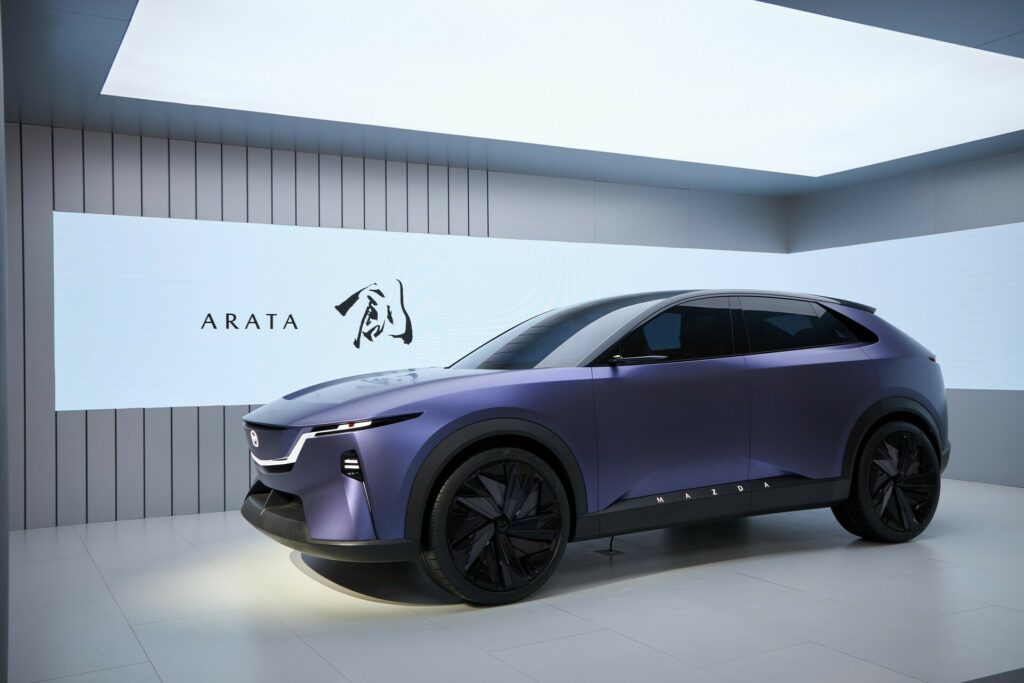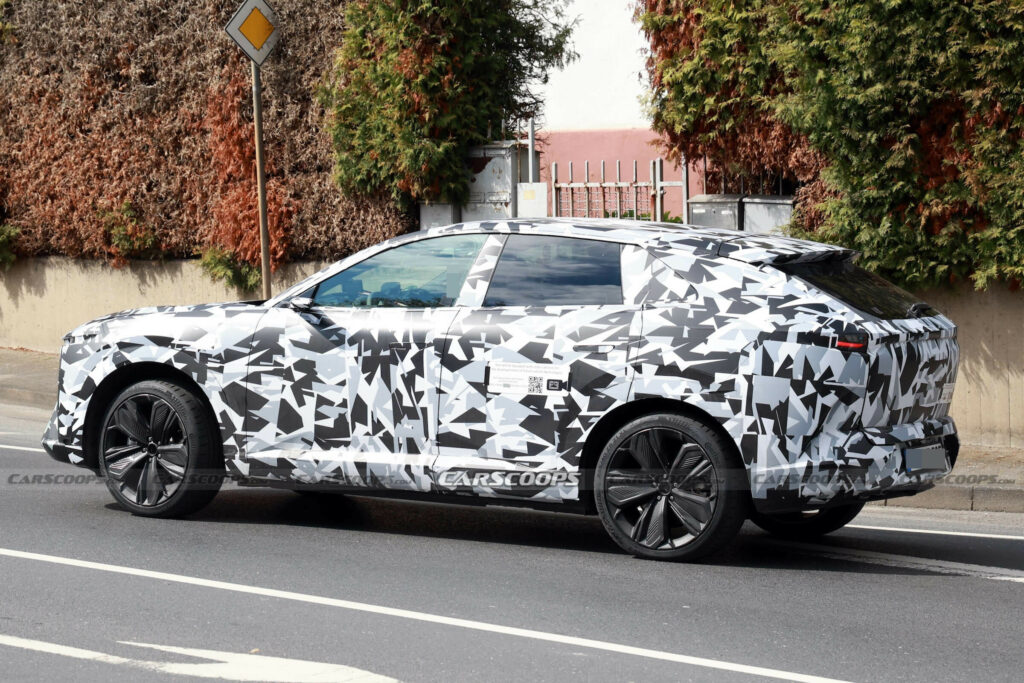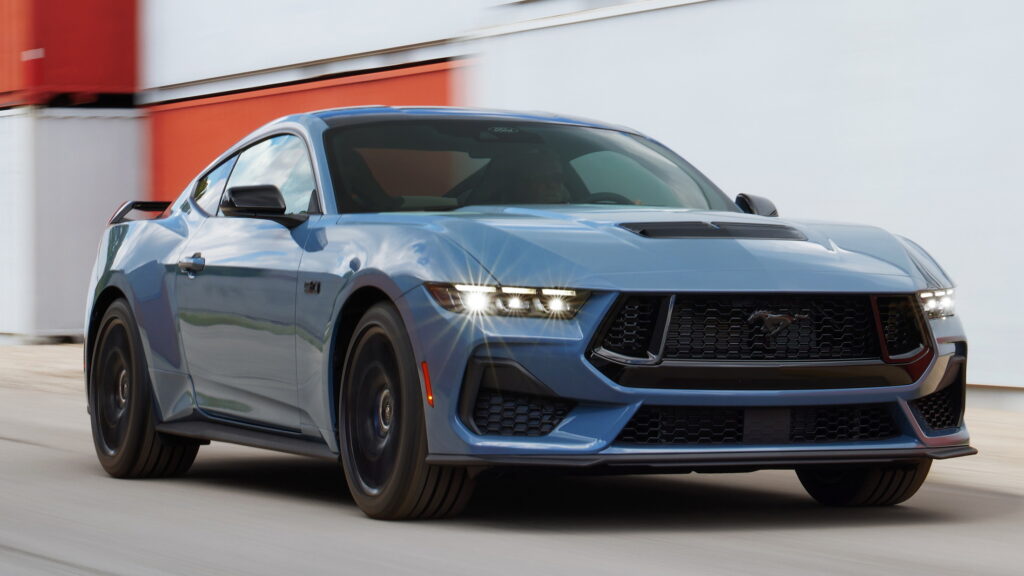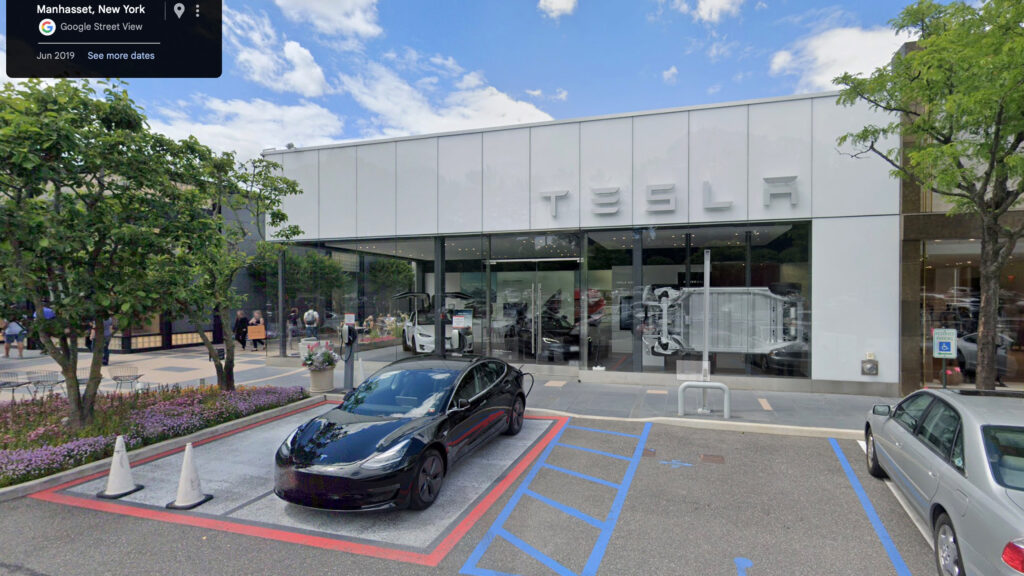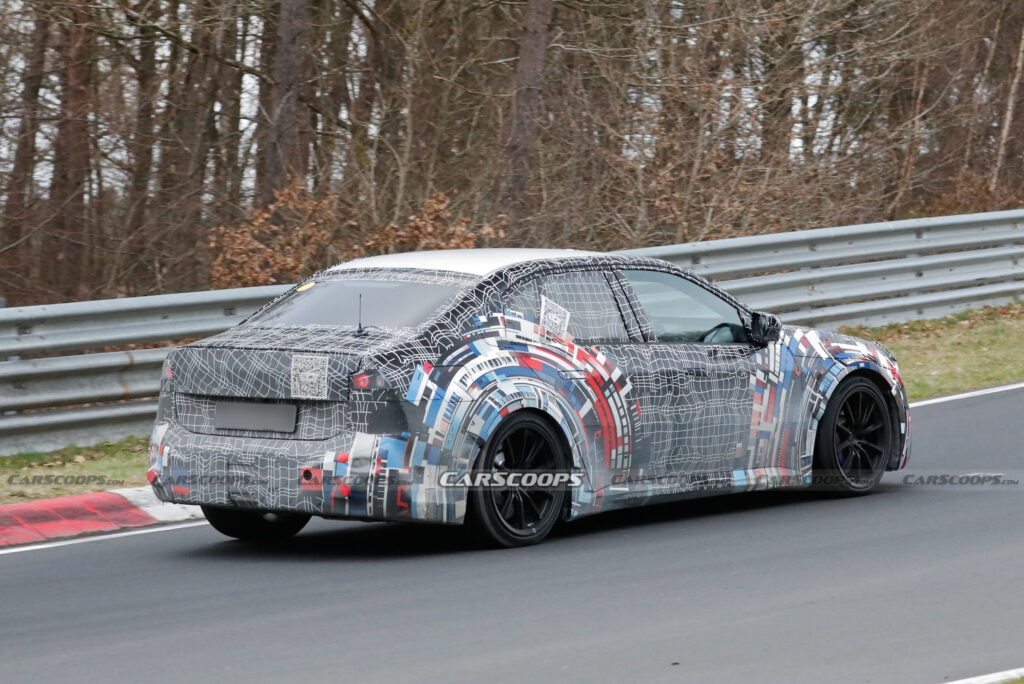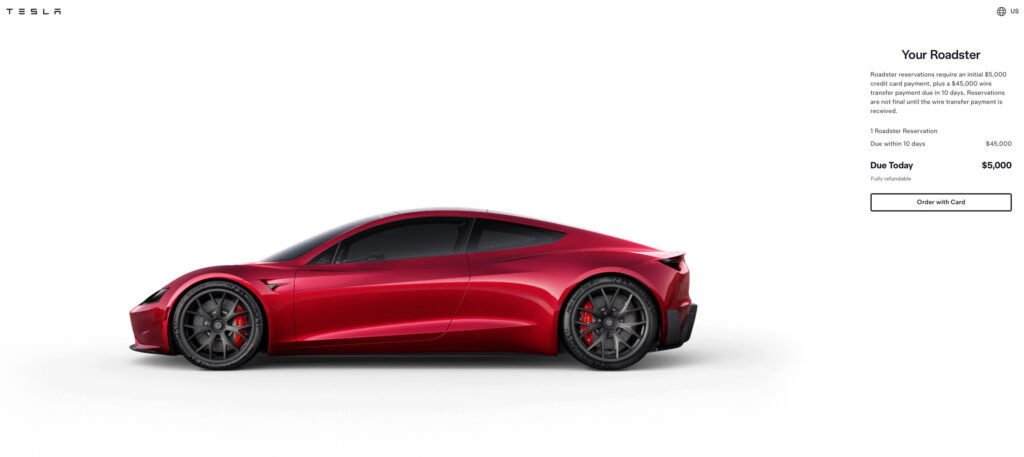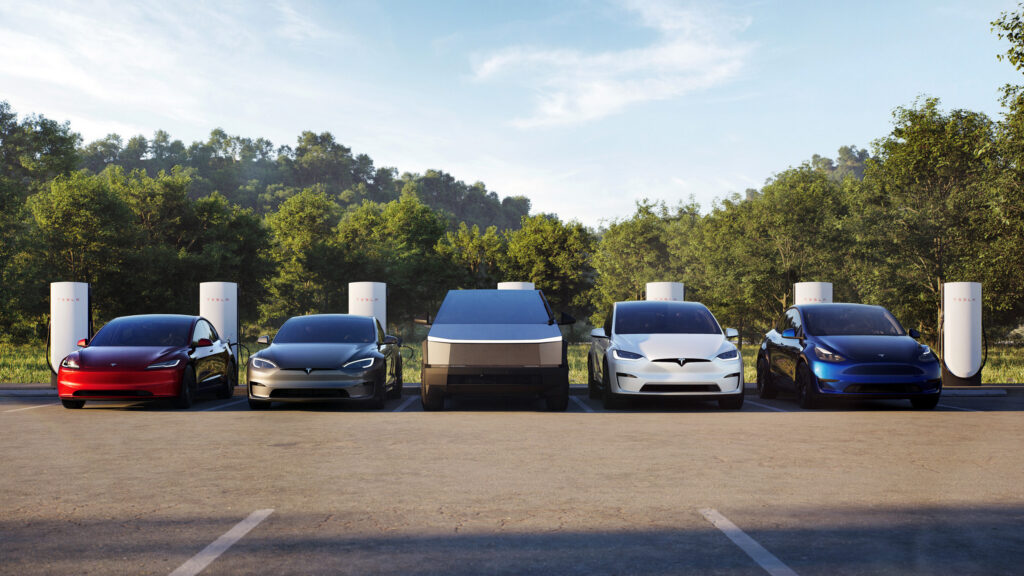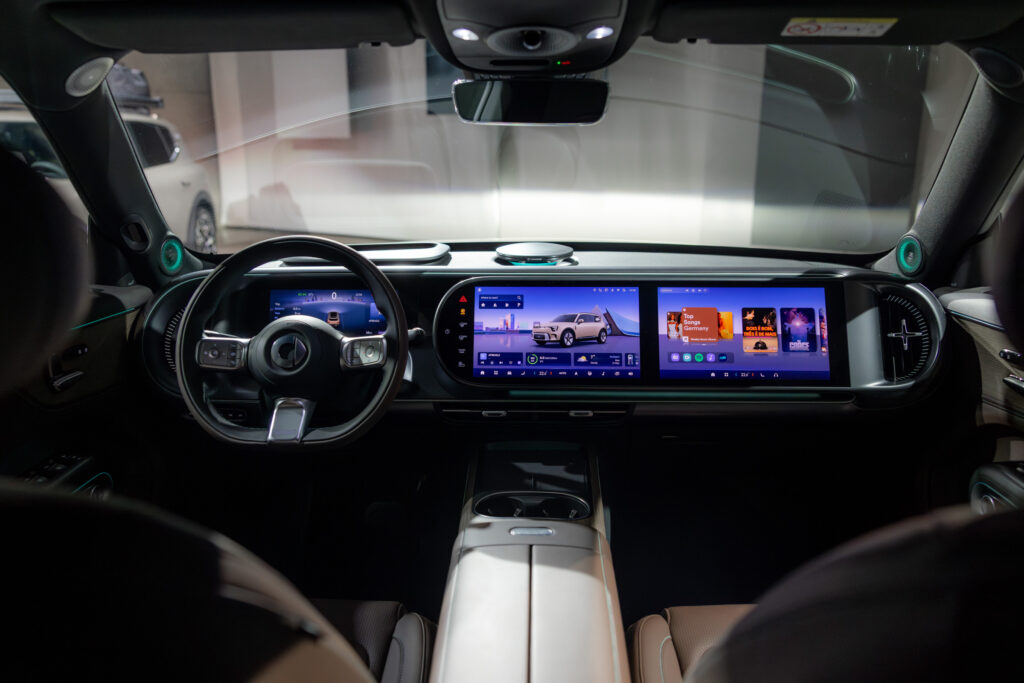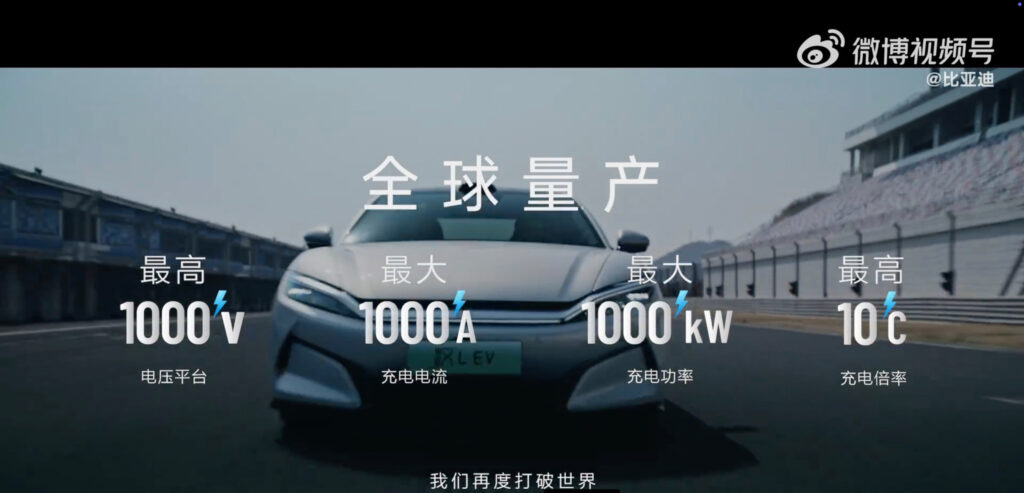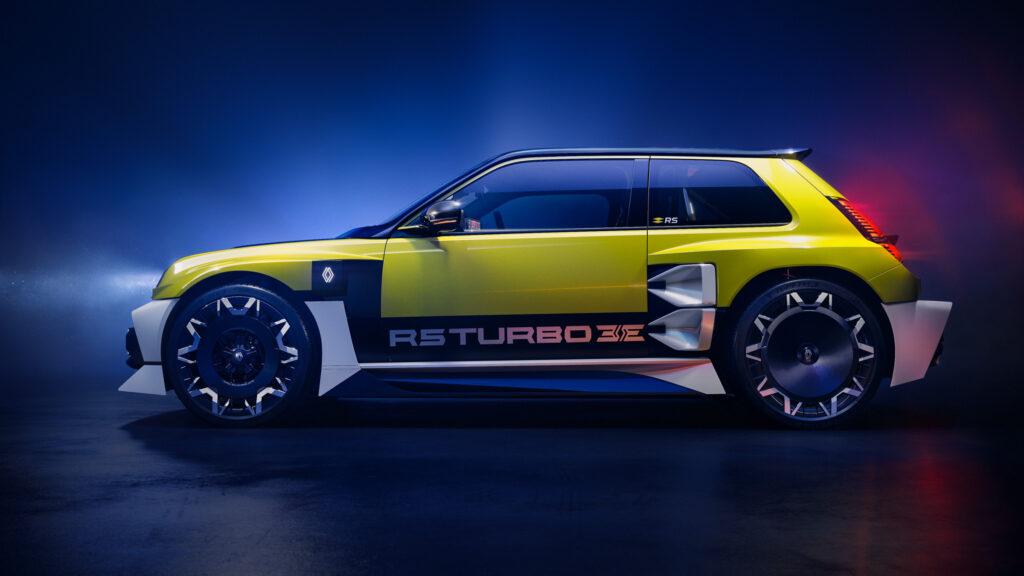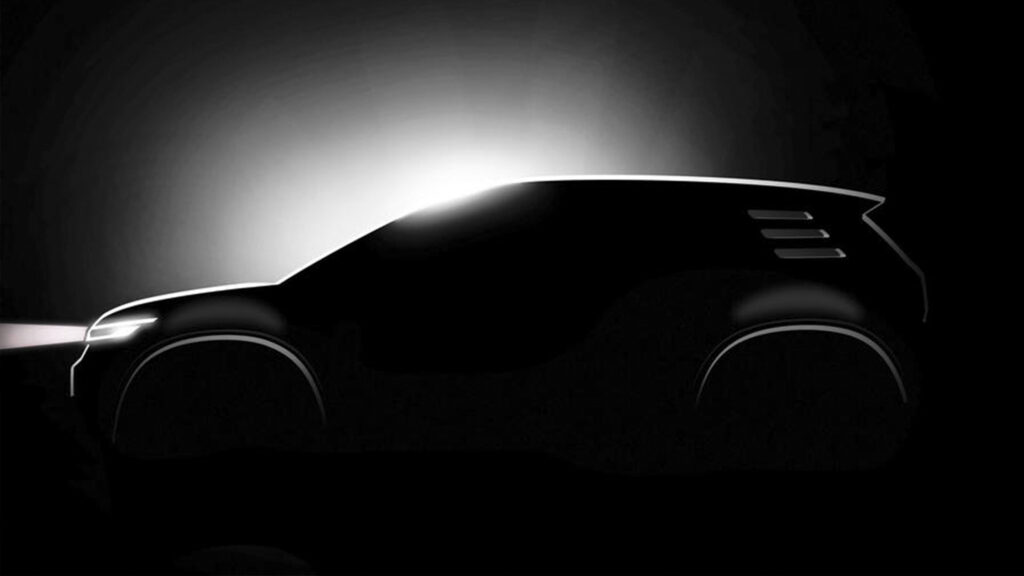New Elroq vRS Is Skoda’s Quickest Production Car Ever
- Skoda has released all the spec secrets for its new Elroq vRS.
- The E-SUV gets the VW ID.4’s 335 hp dual-motor powertrain.
- Zero to 62 mph takes 5.4 seconds, and it can charge at 185 kW.
When Skoda revealed its Elroq electric SUV last October, it omitted to tell us anything about the version enthusiasts really care about, the Elroq vRS. But today we got to see the hot Skoda inside and out, and find out that it’s the company’s fastest-accelerating production car ever.
Base Elroqs come with a range of single-motor, rear-drive powertrains that top out at 282 hp (286 PS / 210 kW), though a dual-motor Elroq 85x is planned. But the vRS earns its three letters by adopting the 335 hp (340 PS / 250 kW) dual-motor, all-wheel drive powertrain from sister brand VW’s ID.4, which rides on the same MEB architecture.
Related: Skoda’s New Elroq EV Aims For The Mainstream Sweet Spot
A zero to 62 mph (100 kmh) time of 5.4 seconds makes the Elroq vRS a tenth faster than its Enyaq vRS big brother, previously the brand’s fastest model. The petrol-powered 261 hp (265 PS) Octavia vRS and Kodiaq vRS are much slower, both needing 6.4 seconds to hit the same marker, while the most potent non-RS Elroq takes 6.6 seconds.
A mid-five sprint time isn’t particularly mind-bending for a modern performance EV, but it’s enough to let you tease hot hatches like the Honda Civic Type R from the lights. Don’t expect to hang with the Honda when the road gets twisty, though, with its revised steering, bigger brakes, available DCC adaptive shocks, and stiffer suspension that’s dropped 15 mm at the front and 10 mm at the back, the vRS ought to be more fun than the RWD Elroq 85.
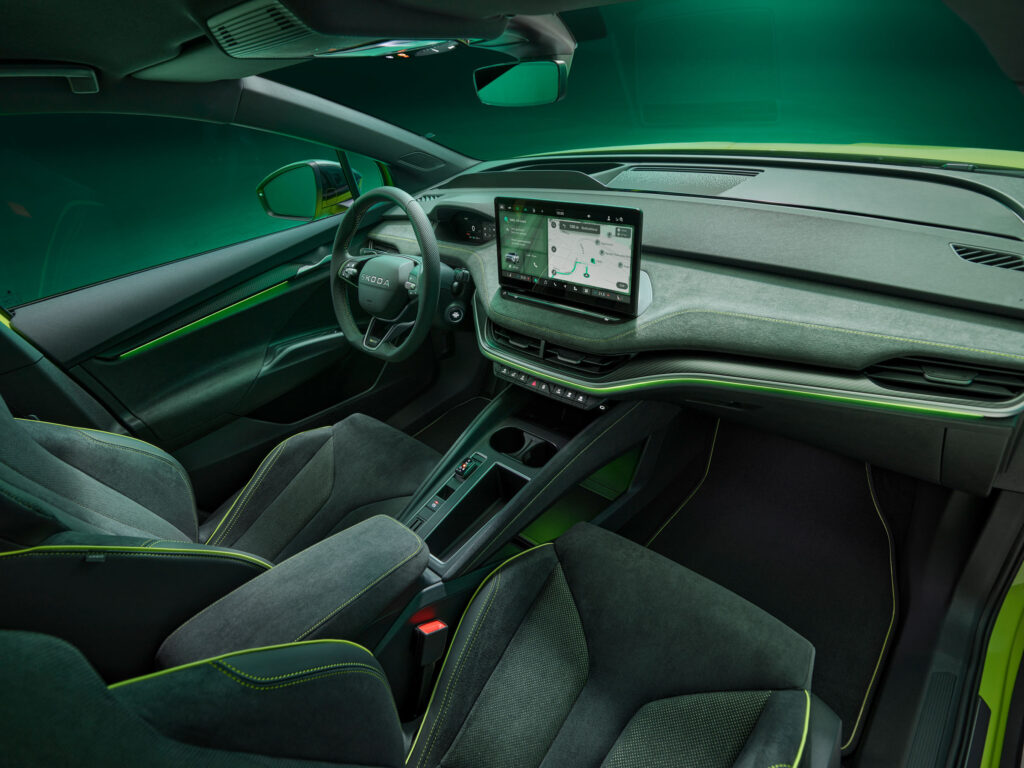
Visual upgrades include sporty black accents on the mirror caps, badges, and window trim, and wheels measuring up to 21 inches across. But even if pedestrians don’t notice them as you glide by, they might notice the synthesised soundtrack. Inside, you get Suedia microfibre upholstery with lime green contrast stitching, carbon-effect trim, a perforated-leather steering wheel and sport seats with an optional massage function.
If there’s a downside to all this vRS fun, it’s the inevitable reduction in driving range all performance EVs suffer from versus their slower stablemates using the same battery. In the Elroq’s case, the battery has a 79 kWh net capacity and a range of 340 miles (547 km) – not bad, but a non-vRS Elroq Edition 85 stretches a charge another 20 miles (32 km), admittedly helped by having only one motor to lug around.
To make amends, the vRS gets a charging speed upgrade. Depending on the model, the Elroq charges at 145, 165, or 175 kW, but the vRS can chow down on 185 kW, dropping the 10-80 percent charge time from 28 minutes to 26 minutes.
